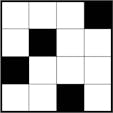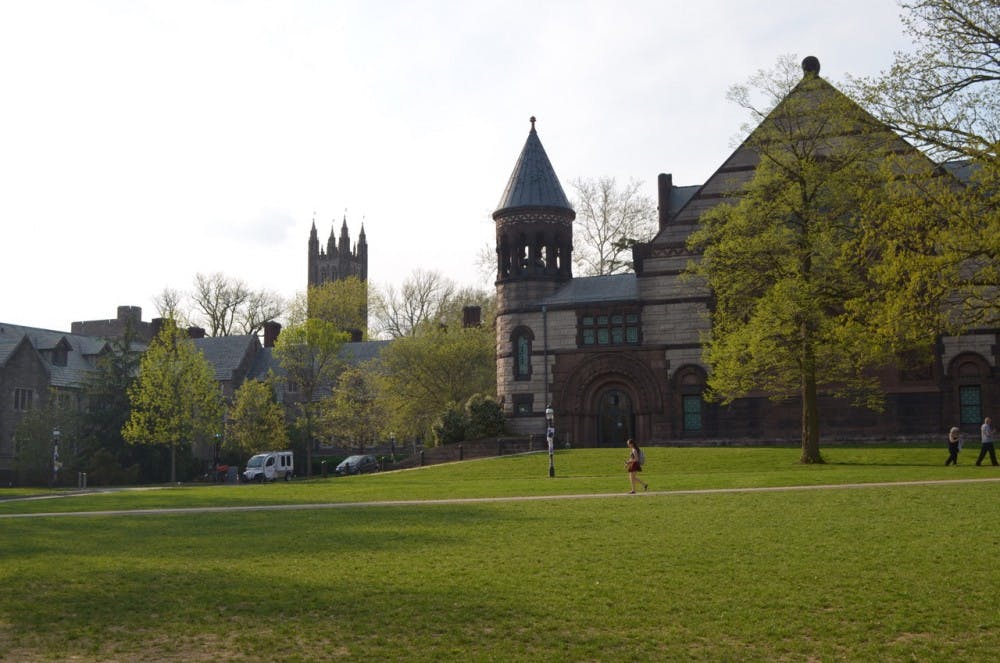We all know the feeling. It’s one o’clock in the morning. You’ve been staring at your computer screen for hours writing an essay, sending emails, programming, or doing anything else in our lives as students for which we use our laptops. At some point you notice you’re growing tired. The screen’s brightness starts to hurt your eyes. The inconstancy of its images becomes tiresome. Its endless notifications are overwhelming.
There’s no point in trying altogether to avoid this “digital fatigue,” as I call it. Computers are too integral to our lives today. They provide faster and more efficient ways of communication, information storage, and learning. I am no Luddite.
At the same time, it’s undeniable that there is something unsettling about spending hours and hours cut off from physical reality, immersed in a digital “environment.” This is a problem we’ll be facing not only as students but in our working lives as well. The problem of digital fatigue confronting our generation demands a solution.
One fix many have proposed is a periodic return to nature. It’s a good one. Taking a walk in the woods, going on a hike, swimming in a lake, or doing anything else in the natural world is rejuvenating and refreshing for the senses. One need not read Thoreau to appreciate this!
But let’s be realistic. In the hectic, busy life of a Princeton student during the semester, there’s simply not enough time. Walking down to Lake Carnegie, let alone going on a hike or camping trip, is impractical. We need a more feasible solution to our problem of digital fatigue.
The answer, I propose, is something that already surrounds our daily activities and frames our indoor lives: architecture.
To demonstrate this, I’ll turn to a highly influential text on architectural theory: “De architectura” (“On Architecture”), written sometime between 30 and 15 B.C. by the Roman architect and engineer Marcus Vitruvius Pollio. In it, Vitruvius articulates three fundamental elements of architecture, one of which is called “firmitatis.” Firmitatis roughly translates to commodity, stability, or solidity. Architecture, Vitruvius asserts, must have firmitatis to endure the elements: a building is nothing if it is not able to withstand the passage of time.
Firmitatis directly contrasts with the inconstancy of the computer screen. Whereas everything on a screen is perpetually changing — you can move a “window” with a swipe of a finger, zoom in and out with the scroll of a mouse, create words and destroy them with the peck of a key — a well-designed structure stands for years, decades, even centuries. A building’s walls, its ceiling, its floors are today what they were yesterday, and will be tomorrow what they are today. Not all buildings are fortresses (though Firestone Library does look like one), but compared to the flimsiness of the digital world, even the most ramshackle hut becomes a beautifully lasting creation.
A building’s firmitatis therefore stands in stark opposition to the sickening mutability of the screen, with important implications for our experience of the world that can rescue us from the digital world. I can think of three.
Firmitatis grounds us in a specific time and place. When viewing our lives as framed by a physical structure, rather than a mutable screen, we are rooted in a particular, geographically specific location. On the screen we may browse a webpage created and constantly modified from across the world, but the physical space which we inhabit is very much particular to our own lives. It is our home, it is our workplace, it is our place of social life.
Firmitatis allows us to observe the world more insightfully than is often possible on the screen. When an object in the world remains for longer than a few seconds, even minutes, we can begin to see subtleties in it that are otherwise lost in the passage of time. In a building, we might see subtle details in the arrangement of certain features like its windows, its corners, its entryways. We might realize interesting patterns in the structure itself, like how its columns or its beams are arranged in space.
Firmitatis encourages us to think about the world in a more thoughtful way than we can on the screen. When we think about an object that possesses permanence, we adopt a fundamentally different epistemology from the frenetic pace of thinking we must adopt when interacting with the computer. It is a slower way of thinking, in which conclusions do not arise immediately from the click of a button but evolve from steady and persistent observation. We become more patient, thinking about multifaceted questions like how elements in space relate to one another, how people move within space, and how space and objects delineate each other. These questions invariably take time to answer, but architecture’s firmitatis affords us that time to gradually come to answers.

How then can we, as students, take advantage of architecture, and specifically its firmitatis, to relieve our digital fatigue?
Imagine yourself once again at your laptop at 1 a.m. You want a break. Instead of checking the news or going on Facebook, try standing up from your computer. Take a short walk in the building. Look at the walls, the ceiling, the floor, the entryways. Make one observation about something peculiar you notice. Then go back to work at your computer. After another hour or so, when you need another break, stand up again. In all likelihood, the building hasn’t changed (thank you, firmitatis). Now, pick out another feature of the building. Think about how it relates to the one you found in the first walk around.
Contemplating a building in this way, I argue, is not just enjoyable. More importantly, such an exercise restores and reorients us to physicality and reality. Architecture — firmitatis — will liberate our generation from the chains of digital fatigue.
Gabe Lipkowitz is a senior concentrator in molecular biology. He can be reached at gel@princeton.edu.









